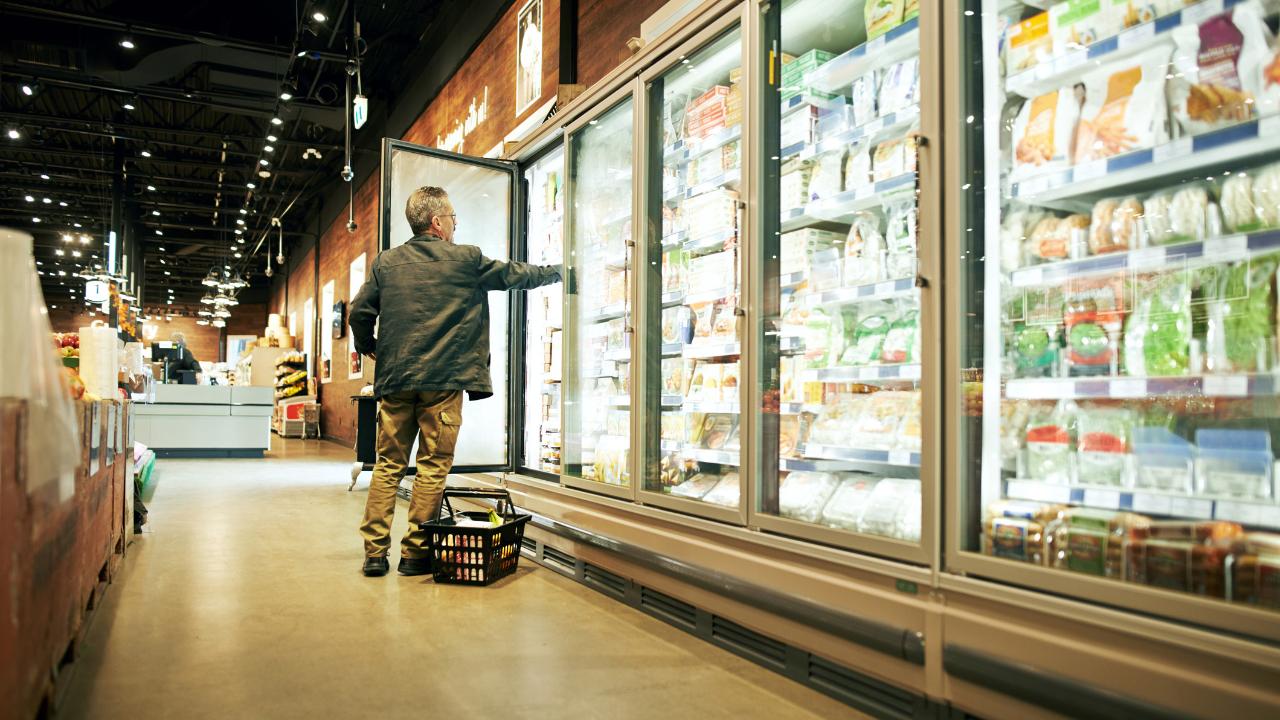Coronavirus food safety tips
Keep yourself safe from COVID-19 with these government-suggested food safety guidelines
The global coronavirus pandemic has infected over 237,900 people and with nearly 10,000 related deaths, which has understandably made Americans more cautious than usual about their everyday habits. This includes food, of course. And that’s why the Center for Strategic & International Studies has released a food safety guideline to assuage concerns.
AMAZON HALTS GROCERY ORDERS TO RESTOCK AMID SURGING DEMAND
From tips on how to safely buy food and stock pantries to figuring out whether it’s OK to purchase food outside or ask for delivery – here is what experts and government agencies are saying about food safety and the coronavirus.
Food safety practices for at home and outside.
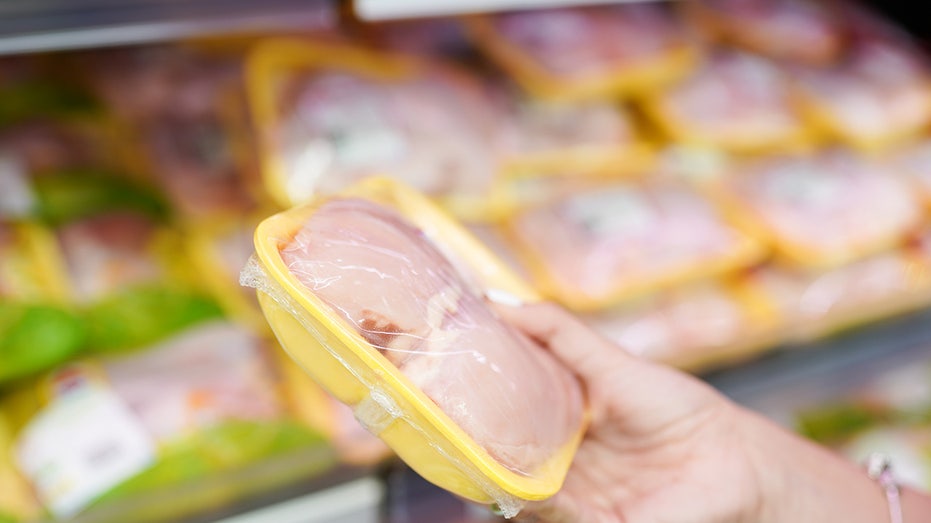
(iStock)
Coronavirus infection is typically caused by person-to-person contact. Contaminated respiratory droplets such as saliva and mucous are usually the root cause for infection, which is why the CDC is urging people to not touch their eyes, nose, mouth and other parts of the face.
The virus can live on surfaces for up to 72 hours, but the CSIS has noted that there is no current evidence that shows the virus can be transferred through food or food packaging, according to research from the U.S. Department of Agriculture. Thus, there are no restrictions on what kind of food you can buy – whether it be imported, perishable or otherwise.
CORONAVIRUS IS ALTERING SENIOR MEAL DELIVERY SERVICES IN NEW YORK
When shopping for food, the CSIS advises people to go into stores at off-peak hours and wipe down carts before and after use. It also recommends people practice social distancing when they’re shopping for food by staying 6 feet away from other shoppers per CDC guidelines so compromising close contact can be avoided. For transactions, the CSIS advises people to use debit or credit cards to avoid hand-to-hand cash transfers if they can help it.
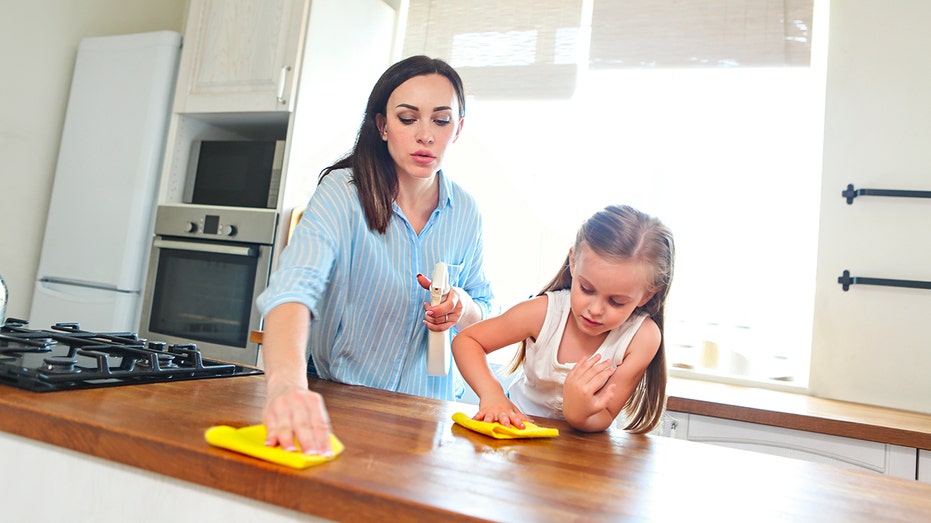
(iStock)
For added caution, people can disinfect food packaging after they bring it into their home from a store, according to the CSIS. Hands should always be washed with soap and water before preparing food. The CSIS also recommends people practice the Food and Drug Administration’s food-handling guidelines, which involve four important steps like cleaning, separating, cooking and chilling.
How should you stock your pantry?
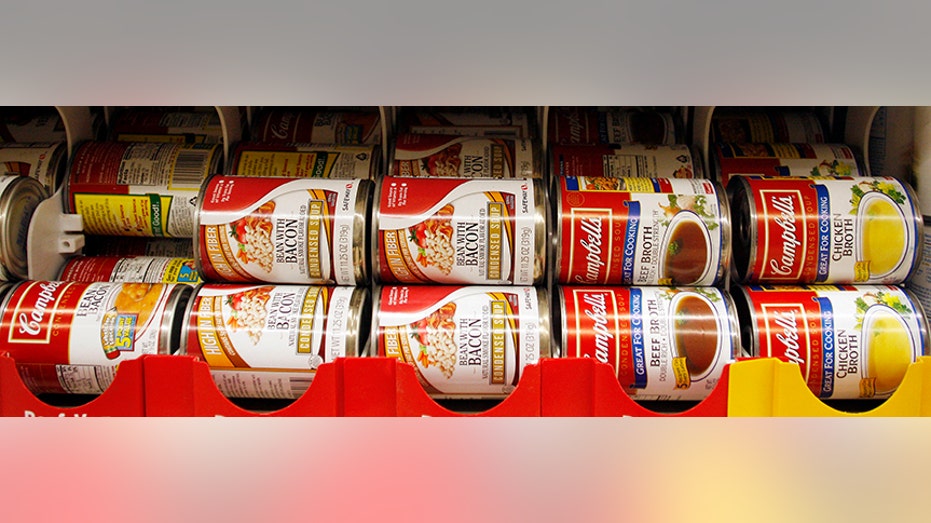
Cans of Campbell's Soup are stocked on a shelf at a grocery store in Phoenix, Arizona. (REUTERS/Joshua Lott)
The CDC has advised people to keep their pantries stocked for two weeks at a time since the coronavirus takes up to 14 days for symptoms to appear.
The CSIS noted that non-perishable food staples such as dried beans, powdered milk and canned meat are on the rise in light of concerns, according to Nielsen. Perishable food staples such as meat, fruit and vegetables are safe for consumption as well, though the CSIS notes that canned, dried, frozen or preserved versions may be more helpful for folks who don’t intend to leave their home often.
Non-perishable foods also have an edge at this time since grocers are prioritizing this stock to help people prepare for the COVID-19 pandemic. “In general, the more perishable the food, the more complex — and thus susceptible — is its supply chain,” said Russ Webster, president of the international food safety firm Food Enterprise Solutions, in an interview with the CSIS.
GET FOX BUSINESS ON THE GO BY CLICKING HERE
What about restaurants and delivery services?
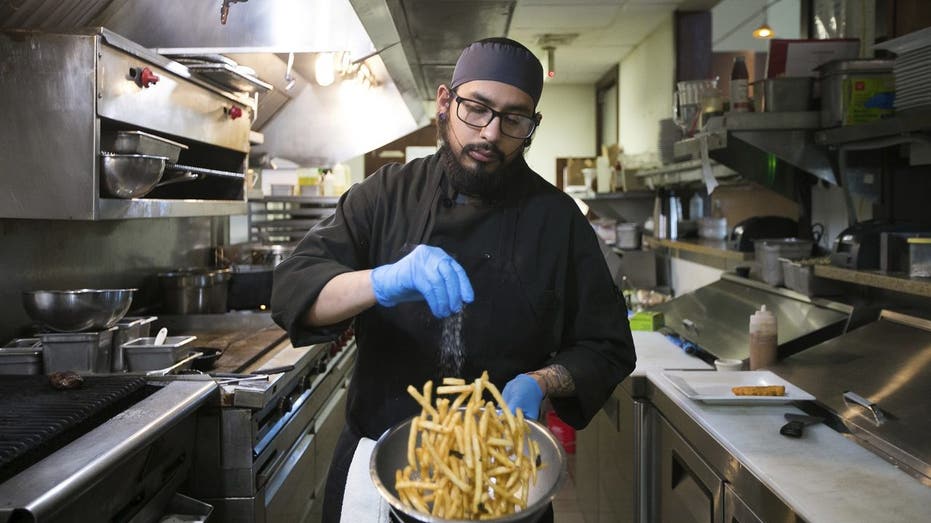
Josue Ortiz seasons a batch of fries for a takeout order Monday, March 16, 2020, at WaterFire Restaurant and Bar in Yakima, Wash. (Amanda Ray/Yakima Herald-Republic via AP)
Since the coronavirus is transmitted through close contact rather than food, crowed restaurants are not advised amid the pandemic. The CDC has advised people to avoid social gatherings that exceed 50 people while U.S. President Donald Trump has gone a step further and advised people to avoid social gatherings that exceed 10.
In some states, restaurants and eateries have been shut down and have been relegated to delivery-only as a safety measure. However, in establishments that haven’t been forced to close down, the CDC urges people to follow its proposed 6-feet social-distancing guideline and opt for takeout instead of sitting down for a meal. Drive-thru pickups are also encouraged over in-restaurant visits.
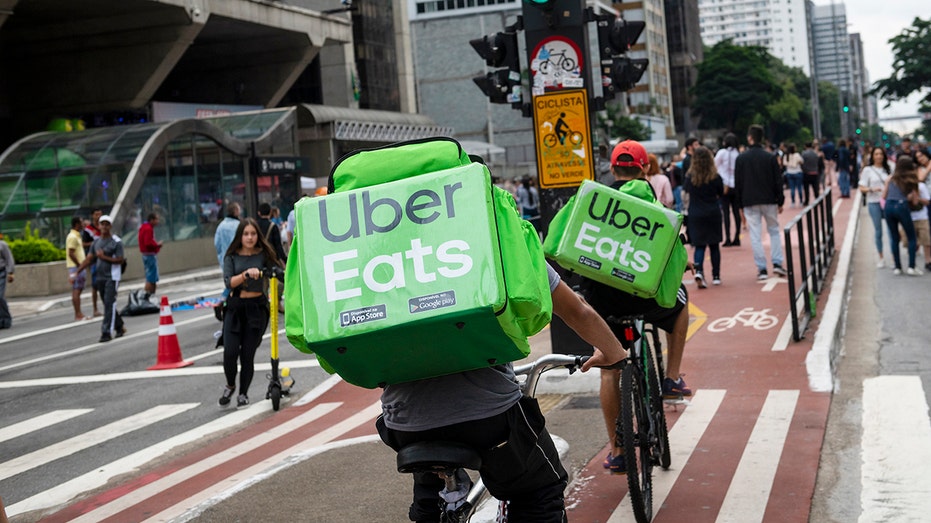
(Uber)
For food delivery, some platforms have implemented a “contact-free” option for receiving food, which involves a delivery person leaving the order in an area designated safe by the recipient. The delivery notes section that is typically standard on food delivery apps can also be used for written instructions.
CLICK HERE TO READ MORE ON FOX BUSINESS
Additionally, any at-home social gatherings with family, friends or neighbors should be avoided at this time, according to the CSIS. This is especially important for high-risk individuals who are older than 60 or have underlying health conditions.
In the U.S., the coronavirus has infected more than 11,270 people with 157 related deaths.




















